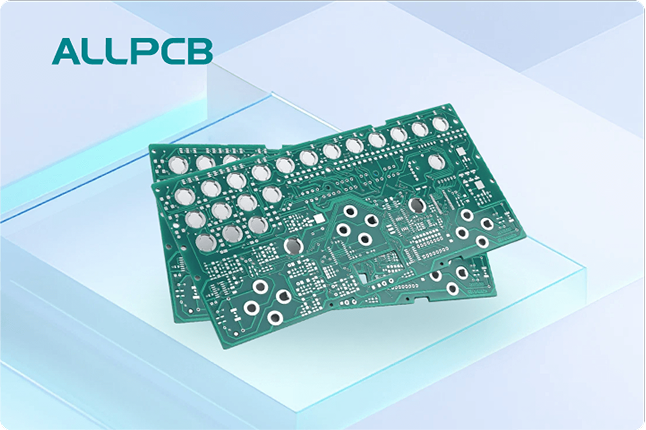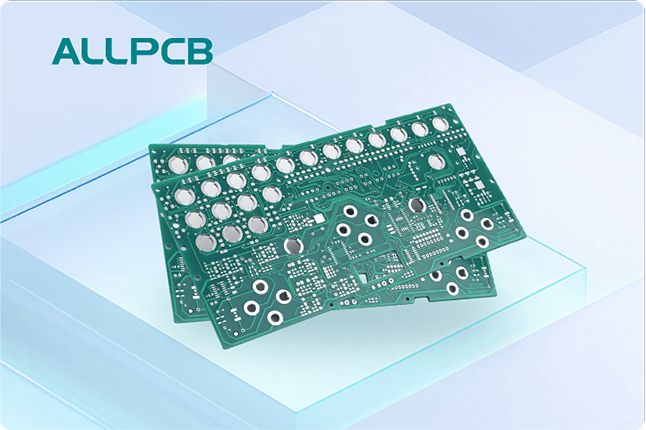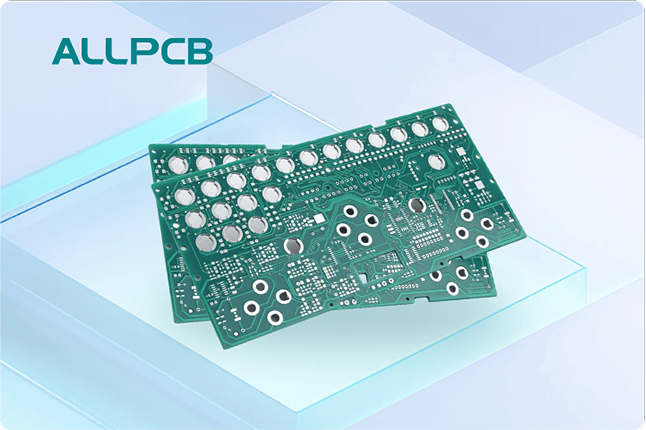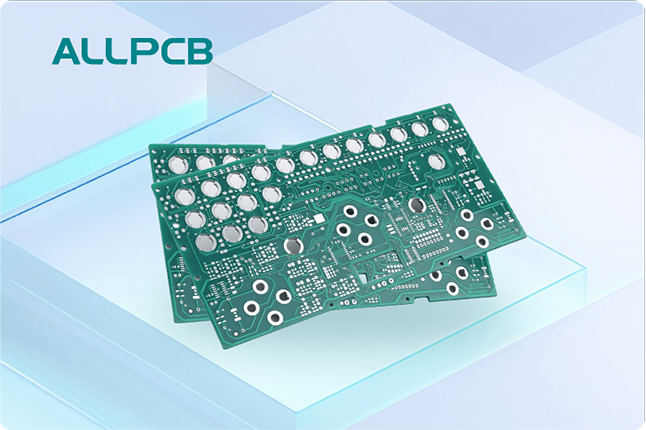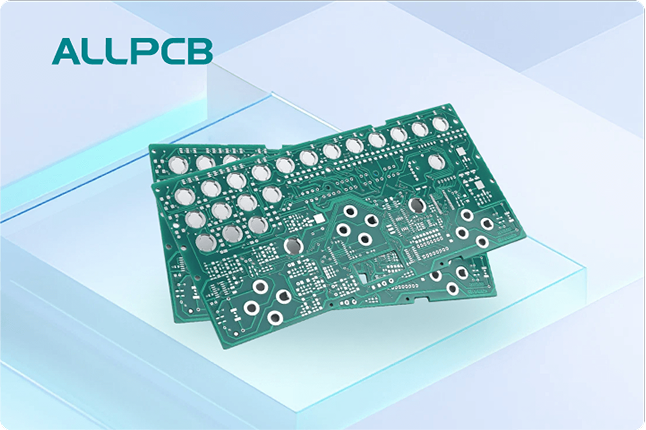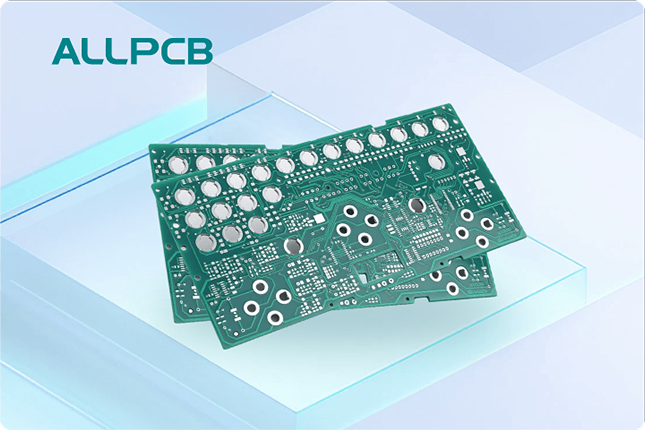Are you struggling with testing flexible printed circuit boards (Flex PCBs) using flying probe testing (FPT)? Flex PCBs, also known as flexible circuits, present unique challenges due to their bendable nature and complex designs. In this comprehensive guide, we’ll explore the specific hurdles of flying probe testing for Flex PCBs and provide practical solutions to ensure accurate and efficient testing. Whether you’re searching for insights on "flying probe testing flex PCB," "FPT flexible circuits," "PCB testing flex circuits," or "flexible PCB test challenges," this blog will deliver actionable information tailored to your needs.
What is Flying Probe Testing and Why Use It for Flex PCBs?
Flying Probe Testing (FPT) is an automated testing method used to verify the electrical functionality of printed circuit boards (PCBs). Unlike traditional in-circuit testing (ICT) that requires custom fixtures, FPT uses movable probes to make contact with test points on the board. This fixture-free approach makes it ideal for prototypes and low-volume production runs, which are common in Flex PCB manufacturing.
Flex PCBs are widely used in industries like consumer electronics, automotive, and medical devices due to their lightweight, space-saving, and bendable properties. However, their unique characteristics demand specialized testing methods. FPT offers flexibility in testing these boards without the need for costly fixtures, making it a go-to choice for many engineers working on "PCB testing flex circuits."
Unique Challenges of Flying Probe Testing for Flex PCBs
While FPT is a powerful tool, applying it to Flex PCBs introduces specific challenges. Below, we dive into the key issues engineers face when dealing with "flying probe testing flex PCB" and "flexible PCB test challenges."
1. Flexibility and Material Handling
Flex PCBs are made from thin, pliable materials like polyimide, which can bend or deform during testing. Unlike rigid PCBs, they lack structural stability, making it difficult to keep them flat and secure on the testing platform. If the board shifts or warps, the probes may miss test points or cause inaccurate readings. This is a significant concern for "FPT flexible circuits" as even minor misalignments can lead to false failures.
2. Small and Dense Test Points
Flex PCBs often feature high-density designs with smaller vias and pads to save space. For instance, pad sizes can be as small as 0.2 mm, and trace widths may be under 0.1 mm in advanced designs. These tiny features make it challenging for flying probes to achieve precise contact, increasing the risk of missed connections or probe damage during "PCB testing flex circuits."
3. Complex 3D Geometries
Unlike flat, rigid boards, Flex PCBs are often designed to fold or conform to 3D shapes in applications like wearable devices or compact electronics. Testing a board that isn’t flat adds complexity to probe navigation. Probes must adapt to varying heights and angles, which standard FPT systems may not handle efficiently, posing a hurdle for "flying probe testing flex PCB."
4. Sensitivity to Mechanical Stress
The delicate nature of Flex PCBs means they are prone to damage from mechanical stress. Excessive probe pressure during testing can cause cracks in traces or delamination of layers, especially in boards with thicknesses as low as 0.05 mm. Balancing probe contact force with the need for reliable electrical readings is a critical "flexible PCB test challenge."
5. Signal Integrity Issues
Flex PCBs often operate in high-frequency environments, such as in 5G devices or advanced sensors, where signal integrity is paramount. Impedance values can range from 50 to 100 ohms, and any testing inaccuracies can affect performance. Flying probe systems must account for these factors to avoid introducing noise or interference during testing for "FPT flexible circuits."
Effective Solutions for Flying Probe Testing of Flex PCBs
Addressing the challenges of "flying probe testing flex PCB" requires innovative approaches and tailored solutions. Here, we outline practical strategies to overcome the hurdles associated with "PCB testing flex circuits."
1. Custom Support Fixtures for Stability
To tackle the issue of flexibility and material handling, using custom support fixtures or vacuum platforms can stabilize Flex PCBs during testing. These fixtures hold the board flat without applying excessive stress, ensuring probes can access test points accurately. For instance, a vacuum bed with adjustable suction can accommodate boards of varying sizes and thicknesses, reducing movement to less than 0.01 mm during testing.
2. Advanced Probe Technology for Precision
Modern flying probe systems equipped with micro-probes can target smaller test points on Flex PCBs. Probes with tip diameters as fine as 0.1 mm can reliably contact pads and vias in high-density designs. Additionally, systems with optical alignment cameras can enhance accuracy by detecting test point locations with a precision of up to 0.005 mm, addressing challenges in "FPT flexible circuits."
3. 3D Probing Capabilities
For Flex PCBs with complex 3D geometries, investing in FPT systems with multi-axis probe movement is essential. These systems allow probes to adjust to varying heights and angles, ensuring consistent contact even on folded or curved boards. This is particularly useful for applications like automotive sensors where Flex PCBs may have bends with radii as tight as 1 mm.
4. Controlled Probe Pressure
To prevent mechanical damage, flying probe testers should be programmed with adjustable contact force settings. For Flex PCBs, a contact force of 5-10 grams is often sufficient to establish electrical connection without risking trace damage. Regular calibration of probe pressure ensures consistent performance and minimizes "flexible PCB test challenges" related to material stress.
5. Signal Integrity Testing Protocols
To maintain signal integrity during testing, use flying probe systems with low-noise probes and high-frequency testing capabilities. For example, systems that support testing at frequencies up to 1 GHz can accurately measure impedance and detect signal issues in Flex PCBs designed for high-speed applications. Additionally, implementing shielding techniques during testing can reduce external interference, ensuring reliable results for "PCB testing flex circuits."
Benefits of Flying Probe Testing for Flex PCBs
Despite the challenges, FPT offers significant advantages for testing Flex PCBs, making it a preferred method for many engineers working on "flying probe testing flex PCB" projects.
- Cost-Effective for Low Volumes: Since FPT doesn’t require custom fixtures, it’s ideal for prototypes and small batches, saving costs compared to traditional ICT setups.
- High Flexibility: The ability to test various board designs without retooling makes FPT suitable for the diverse shapes and sizes of Flex PCBs.
- Quick Turnaround: Automated probe movement and programming allow for rapid testing, often completing a board evaluation in under 10 minutes for small designs.
- Accurate Fault Detection: With precision probes, FPT can identify opens, shorts, and other defects with a detection rate of over 95% in most cases.
Best Practices for Optimizing FPT on Flex PCBs
To maximize the effectiveness of "FPT flexible circuits" testing, consider these best practices during design and testing phases.
1. Design for Testability
Incorporate test points into the Flex PCB design with adequate spacing (at least 0.5 mm apart) to facilitate probe access. Clearly mark test pads on the layout to minimize programming errors during testing.
2. Use Simulation Tools
Before physical testing, use simulation software to predict potential signal integrity issues or mechanical stress points on the Flex PCB. This can help refine the design and reduce testing failures.
3. Regular Equipment Maintenance
Ensure that flying probe systems are regularly maintained, with probes cleaned and calibrated to avoid inaccuracies. A well-maintained system can achieve a repeatability accuracy of 0.01 mm or better.
4. Collaborate with Testing Experts
Work closely with testing specialists who understand the nuances of "flexible PCB test challenges." Their expertise can help tailor FPT processes to specific board requirements, improving outcomes.
Conclusion: Mastering Flying Probe Testing for Flex PCBs
Flying Probe Testing is a versatile and cost-effective method for evaluating Flex PCBs, but it comes with unique challenges due to the flexible nature, dense designs, and complex geometries of these boards. By understanding the hurdles of "flying probe testing flex PCB" and implementing solutions like custom fixtures, advanced probes, and controlled testing protocols, engineers can achieve accurate and reliable results. With the right approach, FPT can ensure the quality of "FPT flexible circuits" in prototypes and low-volume runs, supporting innovation across industries.
At ALLPCB, we’re committed to providing cutting-edge solutions for all your PCB testing needs. Whether you’re navigating "PCB testing flex circuits" or tackling "flexible PCB test challenges," our expertise and state-of-the-art technology are here to support your success. Dive into the world of Flex PCB testing with confidence, knowing that practical solutions are within reach.
 ALLPCB
ALLPCB


